Home>Gardening & Outdoor>Landscaping Ideas>What Is Grass Fungus
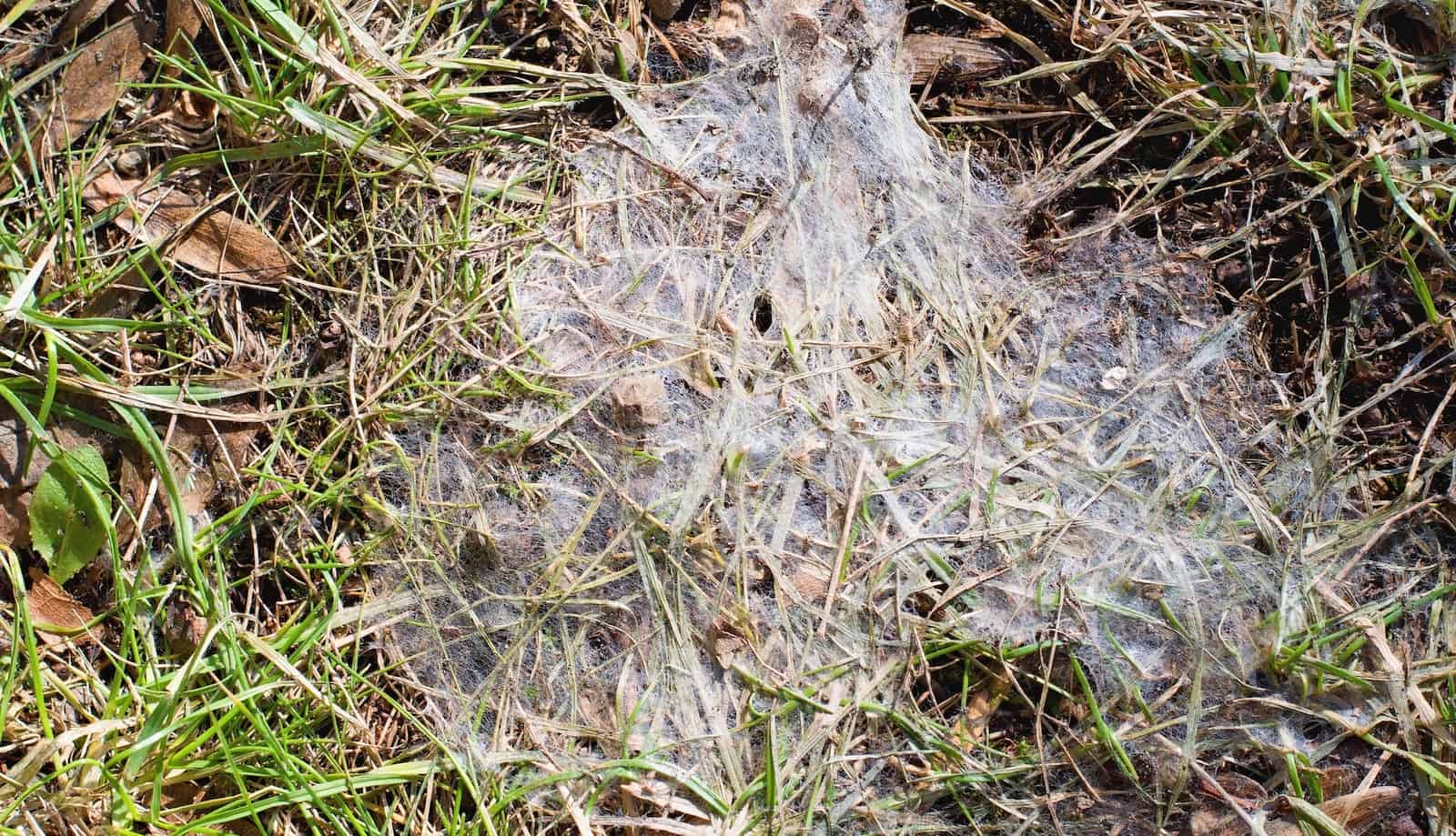

Landscaping Ideas
What Is Grass Fungus
Modified: February 18, 2024
Learn about the causes, symptoms, and treatment of grass fungus in your lawn. Get landscaping ideas to prevent and manage lawn fungus.
(Many of the links in this article redirect to a specific reviewed product. Your purchase of these products through affiliate links helps to generate commission for Storables.com, at no extra cost. Learn more)
Introduction
Grass fungus, also known as lawn fungus, is a common issue that can affect the health and appearance of your lawn. It can be a frustrating challenge for homeowners and garden enthusiasts, as it can quickly spread and cause unsightly damage to the grass. Understanding the causes, types, signs, and prevention of grass fungus is essential for maintaining a lush and vibrant lawn.
Grass fungus thrives in environments with excessive moisture, poor air circulation, and high humidity, making it a prevalent problem in many regions. It can manifest in various forms, each with its own distinct characteristics and impact on the grass. Identifying the signs of grass fungus and implementing effective prevention and treatment strategies are crucial for preserving the beauty and vitality of your lawn.
In this comprehensive guide, we will delve into the causes of grass fungus, explore the common types of grass fungus, discuss the signs and symptoms to watch out for, and provide valuable insights into preventing and treating this pervasive issue. By gaining a deeper understanding of grass fungus and learning how to address it, you can safeguard your lawn against its detrimental effects and nurture a thriving outdoor space for relaxation and enjoyment.
Key Takeaways:
- Grass fungus, caused by factors like excessive moisture and poor air circulation, can lead to discolored patches and abnormal growth in lawns. Preventive measures like balanced fertilization and clean equipment can help maintain a healthy lawn.
- Identifying signs of grass fungus, such as fungal growth and deteriorating grass health, is crucial for prompt intervention. Treatment methods like fungicidal applications and reseeding can restore the vitality of the lawn.
Read more: What Kills Fungus In Grass
What Causes Grass Fungus
Grass fungus can develop due to various environmental factors and conditions that create an ideal breeding ground for fungal growth. Understanding the underlying causes of grass fungus is essential for implementing effective preventive measures and maintaining a healthy lawn. Here are the primary factors that contribute to the development of grass fungus:
-
Excessive Moisture: Prolonged periods of moisture on the grass blades and soil provide an optimal environment for grass fungus to thrive. Overwatering, heavy rainfall, or inadequate drainage can lead to waterlogged soil, creating a conducive setting for fungal spores to germinate and spread.
-
Poor Air Circulation: Inadequate air circulation within the lawn can exacerbate the risk of grass fungus. Dense vegetation, compacted soil, or overgrown thatch can impede air movement, trapping moisture and promoting fungal growth.
-
High Humidity: Regions with high humidity levels are particularly susceptible to grass fungus. The moisture-laden atmosphere encourages the proliferation of fungal spores, increasing the likelihood of an infestation.
-
Nutrient Imbalance: Imbalanced soil nutrients, particularly an excess of nitrogen, can weaken the grass and make it more susceptible to fungal infections. Fertilizer application should be carefully managed to maintain a healthy nutrient balance and minimize the risk of grass fungus.
-
Environmental Stress: Environmental stressors such as extreme heat, drought, or fluctuations in temperature can weaken the grass, compromising its natural defenses against fungal pathogens. Stressed grass is more vulnerable to fungal attacks, making it crucial to support the lawn's resilience through proper care and maintenance.
-
Contaminated Equipment: Using contaminated lawn care equipment, such as mowers and trimmers, can inadvertently spread fungal spores across the lawn, contributing to the onset and spread of grass fungus.
By addressing these underlying causes, homeowners can proactively mitigate the risk of grass fungus and create an environment that promotes the overall health and vitality of the lawn. Implementing proper lawn care practices, optimizing irrigation, and promoting balanced soil conditions are essential steps in preventing the onset of grass fungus and maintaining a lush, resilient lawn.
Common Types of Grass Fungus
Grass fungus can manifest in various forms, each with distinct characteristics and effects on the lawn. Understanding the common types of grass fungus is essential for accurately identifying and addressing specific fungal infestations. Here are some prevalent types of grass fungus that homeowners may encounter:
1. Dollar Spot (Sclerotinia Homeocarpa)
Dollar spot is a widespread fungal disease that affects many turfgrass species, particularly in warm and humid climates. It appears as small, straw-colored circular spots on the grass blades, resembling silver dollars, hence its name. This type of grass fungus thrives in conditions of high humidity and low nitrogen levels, making it a common issue in lawns with imbalanced nutrient levels.
2. Brown Patch (Rhizoctonia Solani)
Brown patch is characterized by large, irregularly shaped brown patches that develop on the lawn, particularly during warm and humid weather. This fungal disease primarily targets the leaf blades, causing them to wilt, turn brown, and eventually die. Brown patch can spread rapidly, especially in overwatered or poorly drained areas, posing a significant threat to the overall health of the grass.
Read more: What Causes Fungus In Grass
3. Powdery Mildew (Erysiphe graminis)
Powdery mildew is recognizable by the powdery white or gray fungal growth that appears on the grass blades, often in shaded or poorly ventilated areas. This type of grass fungus thrives in moderate temperatures and high humidity, making it prevalent in regions with mild, damp climates. Powdery mildew can weaken the grass and hinder its growth, leading to a diminished aesthetic appeal of the lawn.
4. Fusarium Patch (Microdochium Nivale)
Fusarium patch, also known as snow mold, typically occurs in cooler, wetter conditions, particularly during the late fall and early spring. It presents as circular patches of matted, straw-colored grass, often accompanied by a pink or salmon-colored fungal growth. Fusarium patch can cause extensive damage to the grass if left untreated, making it crucial to address promptly, especially in regions prone to prolonged periods of snow cover.
5. Pythium Blight (Pythium Aphanidermatum)
Pythium blight, commonly referred to as grease spot, is a fast-spreading grass fungus that thrives in excessively wet conditions and high temperatures. It appears as slimy, dark green or black patches on the grass, often accompanied by a greasy or oily appearance. Pythium blight can rapidly spread across the lawn, causing severe damage to the grass and necessitating immediate intervention to prevent further infestation.
By familiarizing themselves with these common types of grass fungus, homeowners can effectively identify the specific fungal infections affecting their lawns and implement targeted preventive and treatment measures. Recognizing the distinct characteristics and behaviors of each type of grass fungus is instrumental in preserving the health and vibrancy of the lawn, ultimately contributing to a lush and resilient outdoor space.
Signs and Symptoms of Grass Fungus
Identifying the signs and symptoms of grass fungus is crucial for prompt intervention and effective management of fungal infestations. By recognizing the distinct indicators of grass fungus, homeowners can take proactive measures to mitigate its impact and preserve the health and aesthetics of their lawns. Here are the key signs and symptoms to watch out for:
-
Discolored Patches: Grass fungus often manifests as discolored patches on the lawn, ranging from light brown to dark brown or even grayish hues, depending on the specific type of fungal infection. These patches may appear irregular in shape and can spread rapidly, signaling the presence of a fungal infestation.
-
Abnormal Growth: Infected grass may exhibit abnormal growth patterns, such as stunted or distorted blades, as well as thinning or sparse areas within the lawn. The presence of unusual growth characteristics is a clear indication of potential fungal activity affecting the grass.
-
Fungal Growth: Some types of grass fungus may produce visible fungal growth on the grass blades or soil surface. This can include powdery white or gray patches, slimy or oily coatings, or pinkish or salmon-colored fungal structures, depending on the specific fungal species involved.
-
Thinning and Wilted Grass: Grass affected by fungal infections may experience thinning and wilting, leading to a lackluster and unhealthy appearance. The affected areas may appear weakened, with grass blades losing their vigor and succumbing to the detrimental effects of the fungal infestation.
-
Circular Patches: Certain types of grass fungus, such as dollar spot and brown patch, often result in the formation of circular patches on the lawn. These distinct patterns of damage can serve as a visual cue for identifying the presence of specific fungal infections and differentiating them from other lawn issues.
-
Deteriorating Grass Health: Overall deterioration in the health and vitality of the grass is a common symptom of grass fungus. This can include reduced resilience to environmental stressors, diminished growth and vigor, and an overall decline in the visual appeal of the lawn.
By remaining vigilant for these signs and symptoms, homeowners can promptly address grass fungus infestations and implement targeted treatment strategies to restore the health and beauty of their lawns. Early detection and intervention are essential for effectively managing grass fungus and preventing its spread, ultimately contributing to the long-term well-being of the lawn.
Read more: How To Stop Grass Fungus
Prevention and Treatment of Grass Fungus
Preventing and treating grass fungus requires a proactive approach that encompasses effective lawn care practices, environmental management, and targeted treatment strategies. By implementing preventive measures and adopting appropriate treatment methods, homeowners can safeguard their lawns against fungal infestations and restore the health and vitality of the grass.
Prevention
-
Optimize Lawn Maintenance: Regular mowing, aeration, and dethatching can promote healthy grass growth and minimize the risk of fungal infections. Maintaining the appropriate mowing height for the specific grass species and ensuring proper soil aeration contribute to a robust and resilient lawn.
-
Manage Irrigation: Watering the lawn in the early morning and avoiding excessive moisture accumulation can help prevent grass fungus. Deep, infrequent watering encourages strong root development and reduces the likelihood of fungal growth. Additionally, addressing drainage issues and avoiding overwatering are essential for maintaining optimal soil moisture levels.
-
Promote Air Circulation: Trimming back overgrown vegetation, thinning out dense areas of the lawn, and promoting adequate air circulation can mitigate the risk of grass fungus. This can be achieved through strategic landscaping and regular maintenance to reduce moisture retention and create a healthier environment for the grass.
-
Balanced Fertilization: Applying balanced fertilizers at the appropriate times and in the correct amounts can support the overall health of the grass and minimize susceptibility to fungal infections. Avoiding excessive nitrogen levels and ensuring a balanced nutrient profile contribute to the resilience of the lawn.
-
Use Clean Equipment: Regularly cleaning and sanitizing lawn care equipment, such as mowers, trimmers, and rakes, can prevent the inadvertent spread of fungal spores across the lawn. This simple practice can help minimize the risk of fungal infestations and preserve the integrity of the grass.
Treatment
-
Fungicidal Applications: When fungal infections are identified, targeted fungicidal treatments can be applied to mitigate the spread of the fungus and promote grass recovery. Selecting appropriate fungicides based on the specific type of grass fungus and following application guidelines is crucial for effective treatment.
-
Improving Drainage: Addressing drainage issues and improving soil drainage in problem areas can help alleviate excessive moisture, creating an environment less conducive to fungal growth. This can involve implementing drainage solutions, such as French drains or soil grading, to enhance water movement and reduce standing water.
-
Reseeding and Renovation: In cases of severe fungal damage, reseeding or renovating affected areas of the lawn may be necessary to restore healthy grass growth. This can involve overseeding with disease-resistant grass varieties and providing optimal conditions for new grass establishment.
-
Environmental Modifications: Making environmental adjustments, such as reducing shade, managing thatch accumulation, and optimizing lawn care practices, can contribute to long-term prevention and treatment of grass fungus. Creating a well-balanced and favorable environment for the grass minimizes the risk of fungal infections and supports overall lawn health.
By integrating these preventive and treatment measures into their lawn care routines, homeowners can effectively combat grass fungus and maintain a vibrant, resilient lawn. Proactive management of environmental factors, targeted treatment strategies, and consistent maintenance practices are essential for preserving the beauty and longevity of the grass, ultimately contributing to a thriving outdoor landscape.
Conclusion
In conclusion, understanding the complexities of grass fungus and its potential impact on the health and aesthetics of your lawn is essential for proactive lawn care and maintenance. By recognizing the underlying causes, common types, signs and symptoms, as well as effective prevention and treatment strategies, homeowners can empower themselves to address grass fungus infestations and nurture a vibrant and resilient outdoor space.
Grass fungus, often triggered by excessive moisture, poor air circulation, high humidity, nutrient imbalances, and environmental stress, can manifest in various forms, including dollar spot, brown patch, powdery mildew, fusarium patch, and pythium blight. Each type presents distinct characteristics and requires targeted approaches for identification and management.
Identifying the signs and symptoms of grass fungus, such as discolored patches, abnormal growth, fungal growth, thinning and wilted grass, circular patches, and deteriorating grass health, enables homeowners to promptly intervene and implement appropriate treatment measures. Early detection and intervention are crucial for mitigating the impact of grass fungus and preventing its spread across the lawn.
Moreover, preventive measures play a pivotal role in minimizing the risk of grass fungus. Optimizing lawn maintenance, managing irrigation, promoting air circulation, balanced fertilization, and using clean equipment are fundamental practices for creating an environment that discourages fungal growth. Additionally, targeted treatment strategies, including fungicidal applications, drainage improvements, reseeding and renovation, and environmental modifications, are instrumental in addressing existing fungal infestations and restoring the health of the grass.
By integrating these insights into their lawn care routines, homeowners can foster a proactive and vigilant approach to grass fungus management, ultimately contributing to the long-term well-being of their lawns. Cultivating a lush and vibrant outdoor landscape requires a combination of environmental awareness, effective preventive measures, and timely intervention to address potential fungal infestations and maintain the beauty and resilience of the grass.
In essence, by equipping themselves with knowledge and practical strategies for grass fungus prevention and treatment, homeowners can cultivate a thriving and visually appealing lawn that serves as a welcoming and rejuvenating outdoor sanctuary for relaxation and enjoyment.
Frequently Asked Questions about What Is Grass Fungus
Was this page helpful?
At Storables.com, we guarantee accurate and reliable information. Our content, validated by Expert Board Contributors, is crafted following stringent Editorial Policies. We're committed to providing you with well-researched, expert-backed insights for all your informational needs.
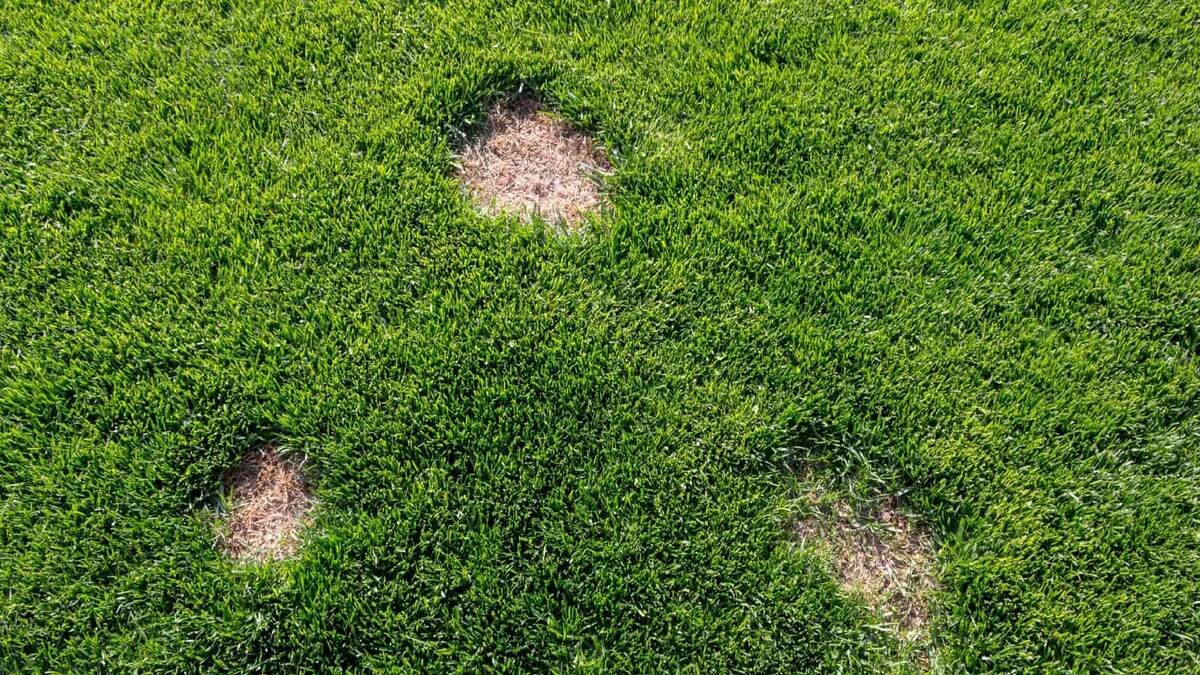
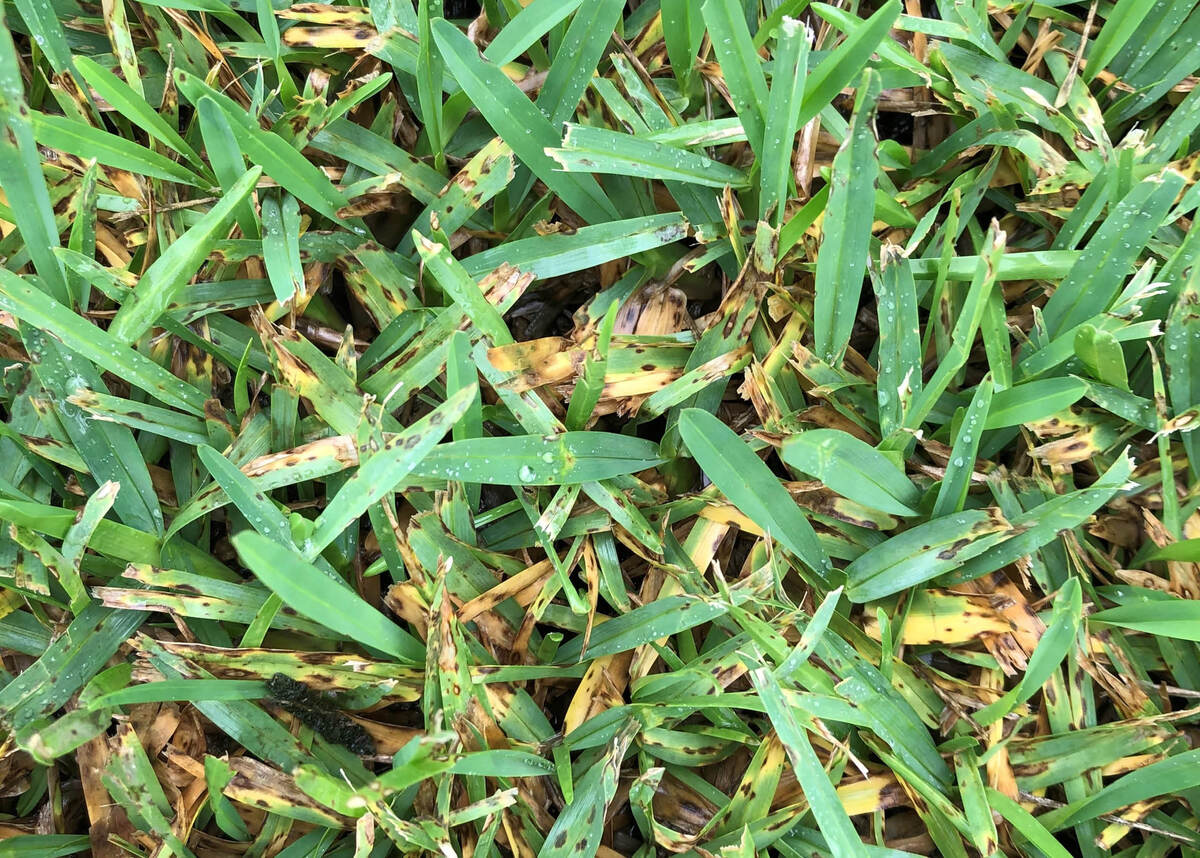
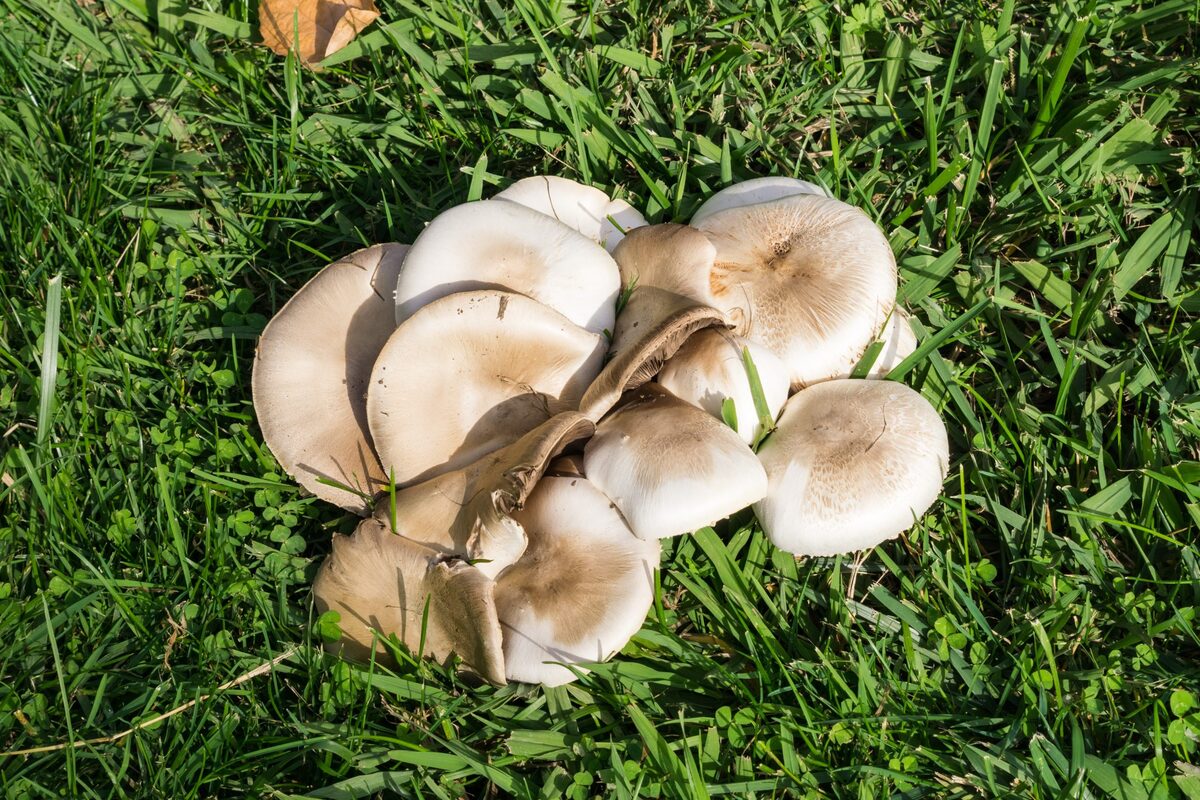
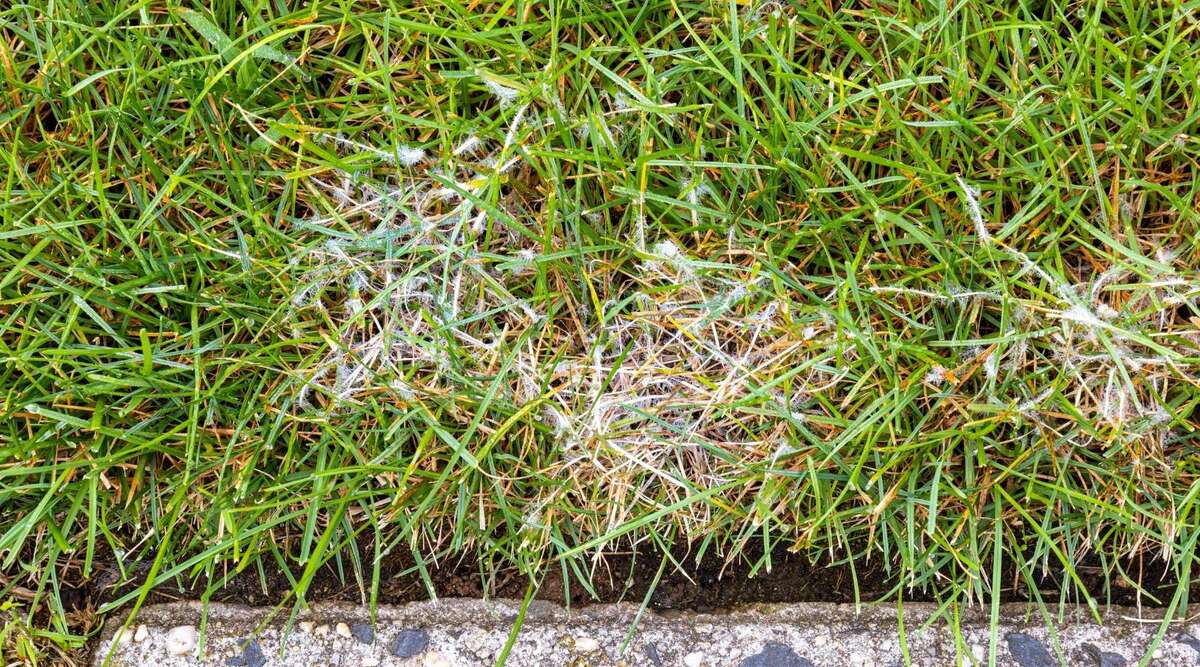
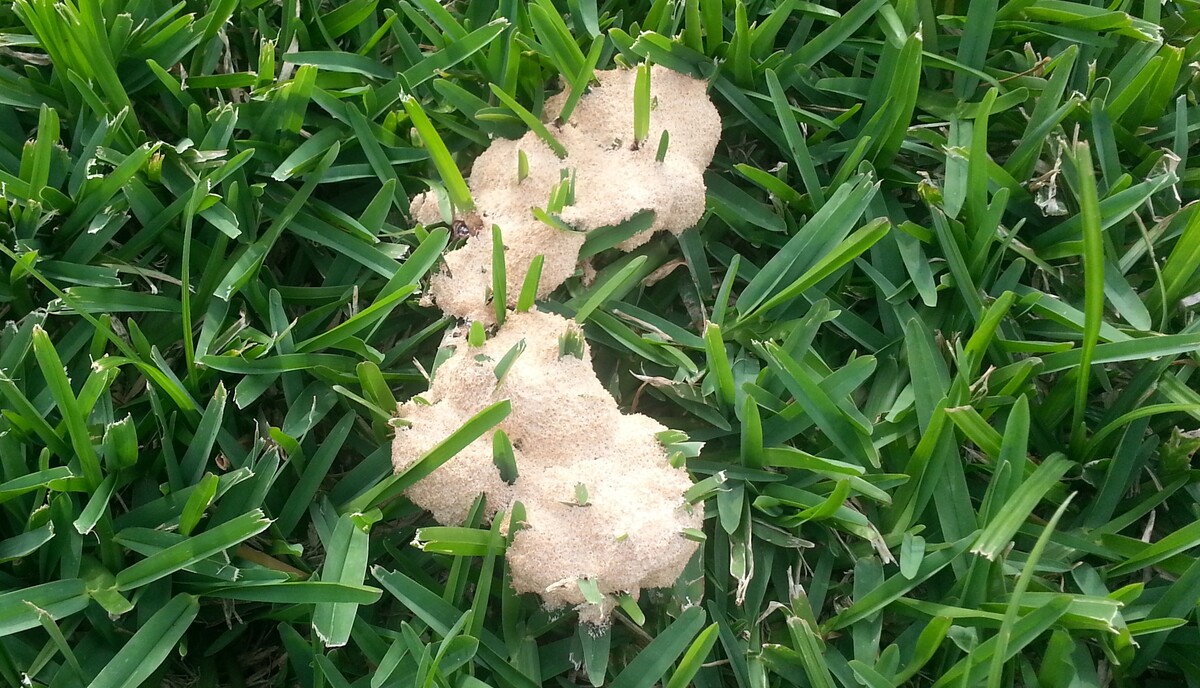
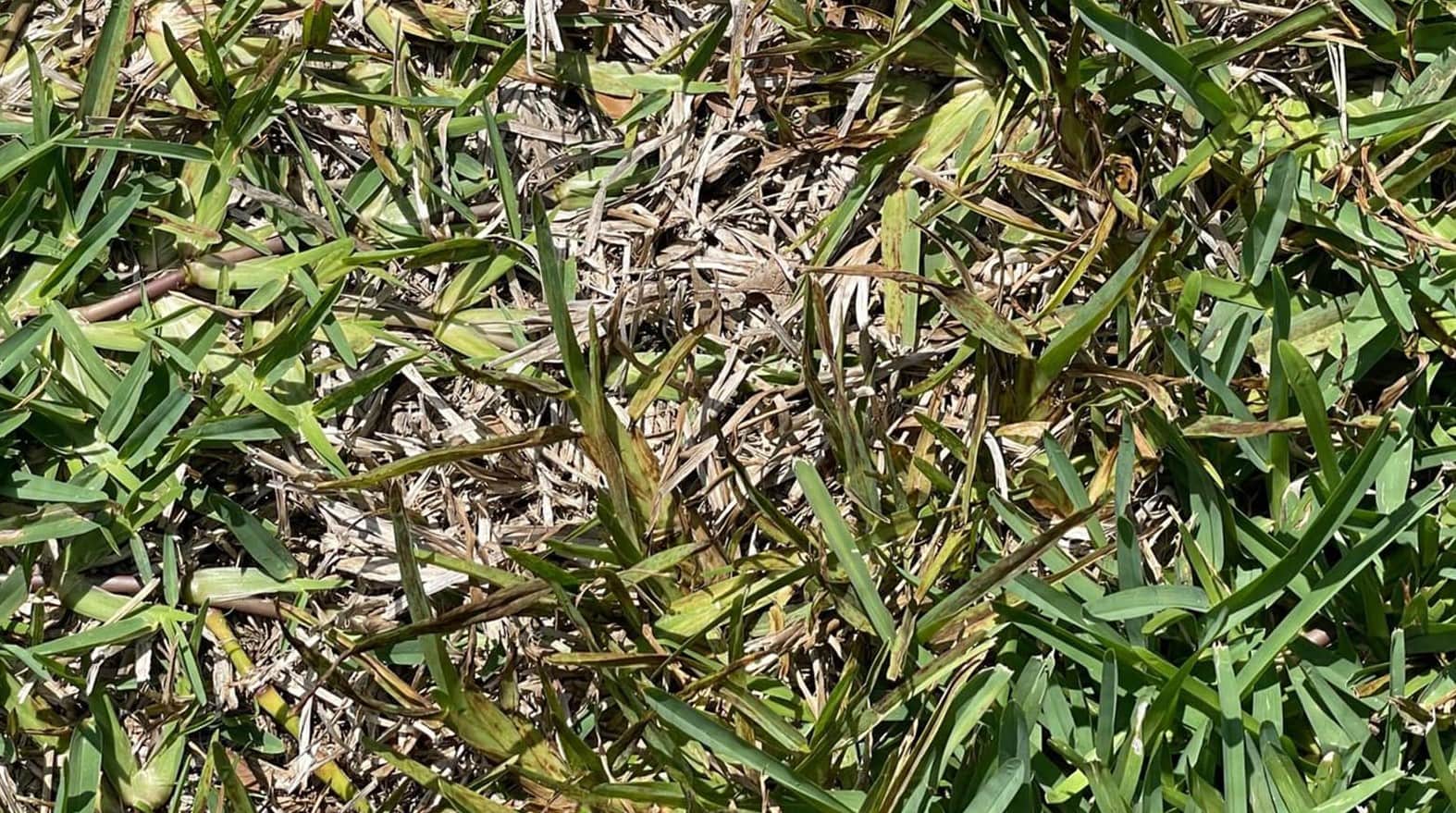
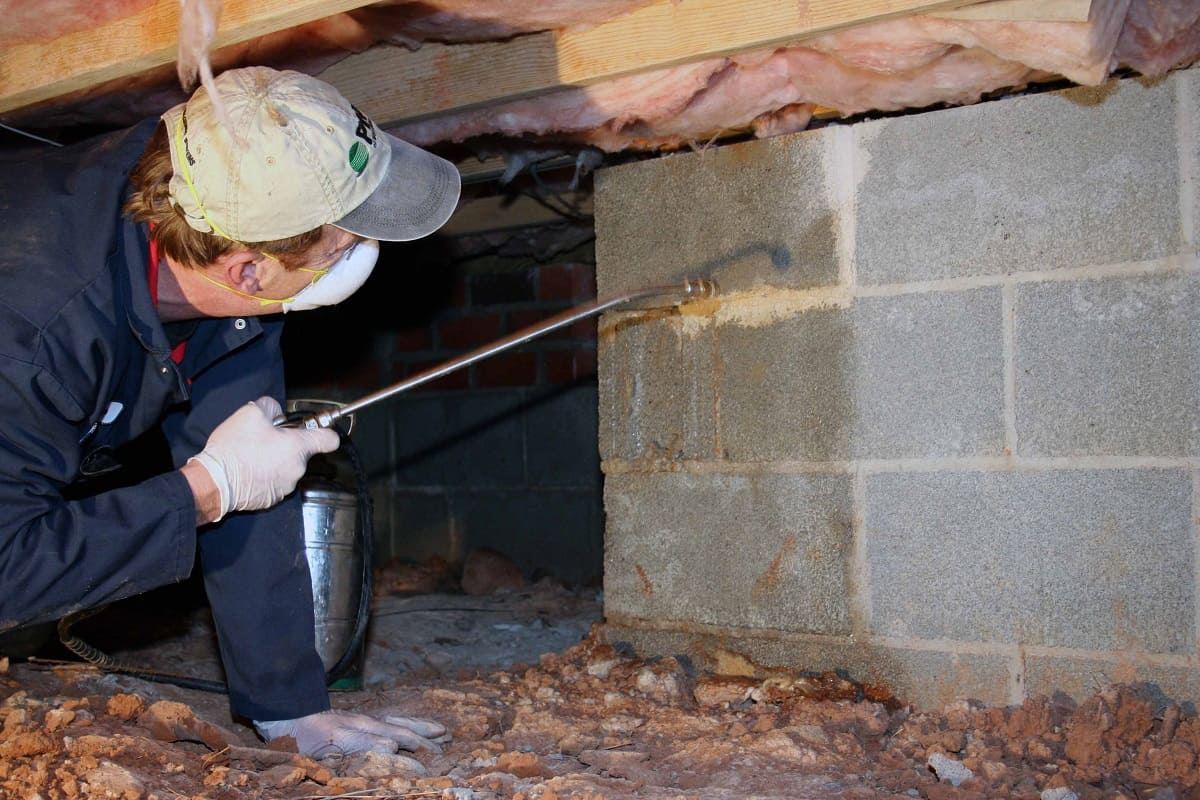
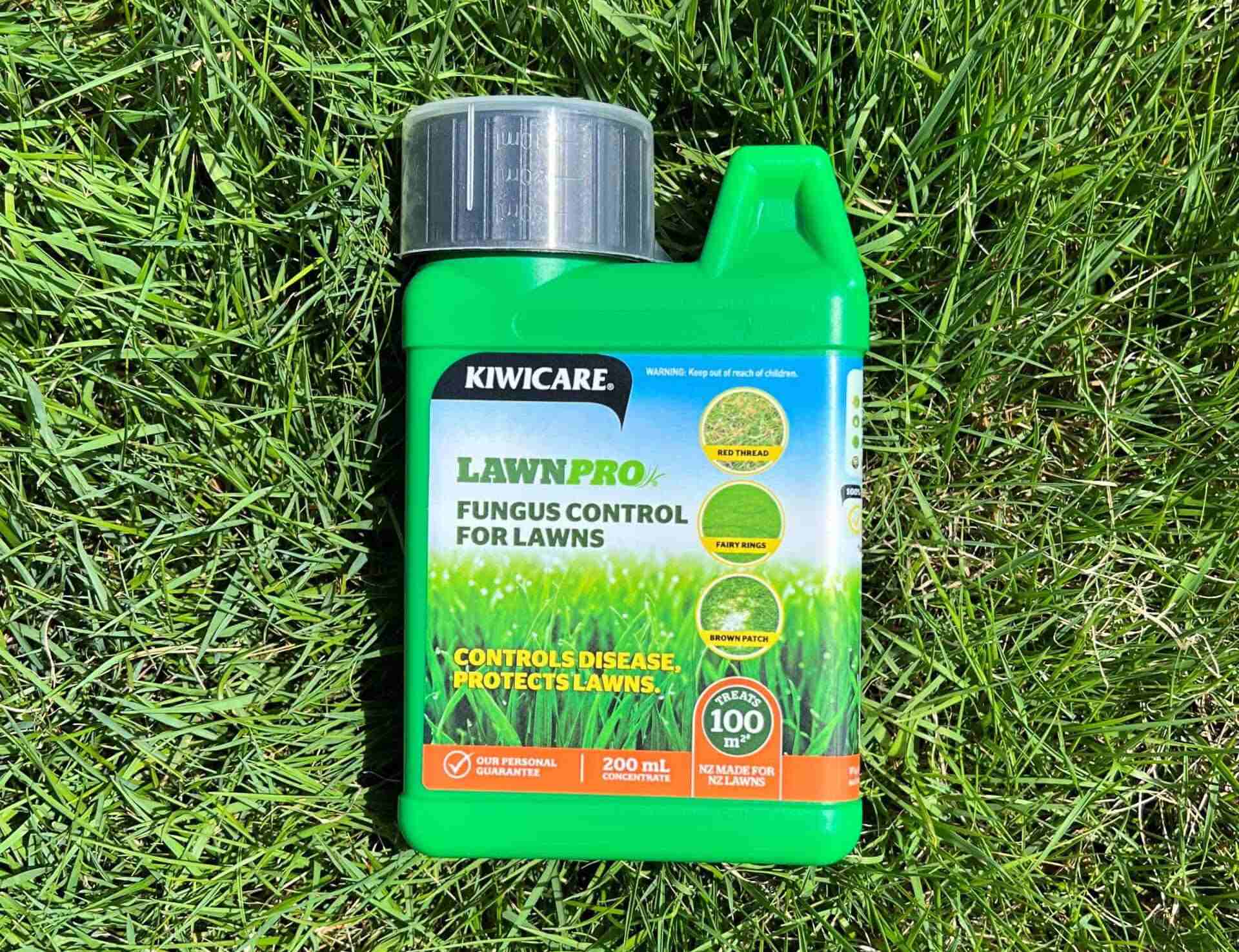
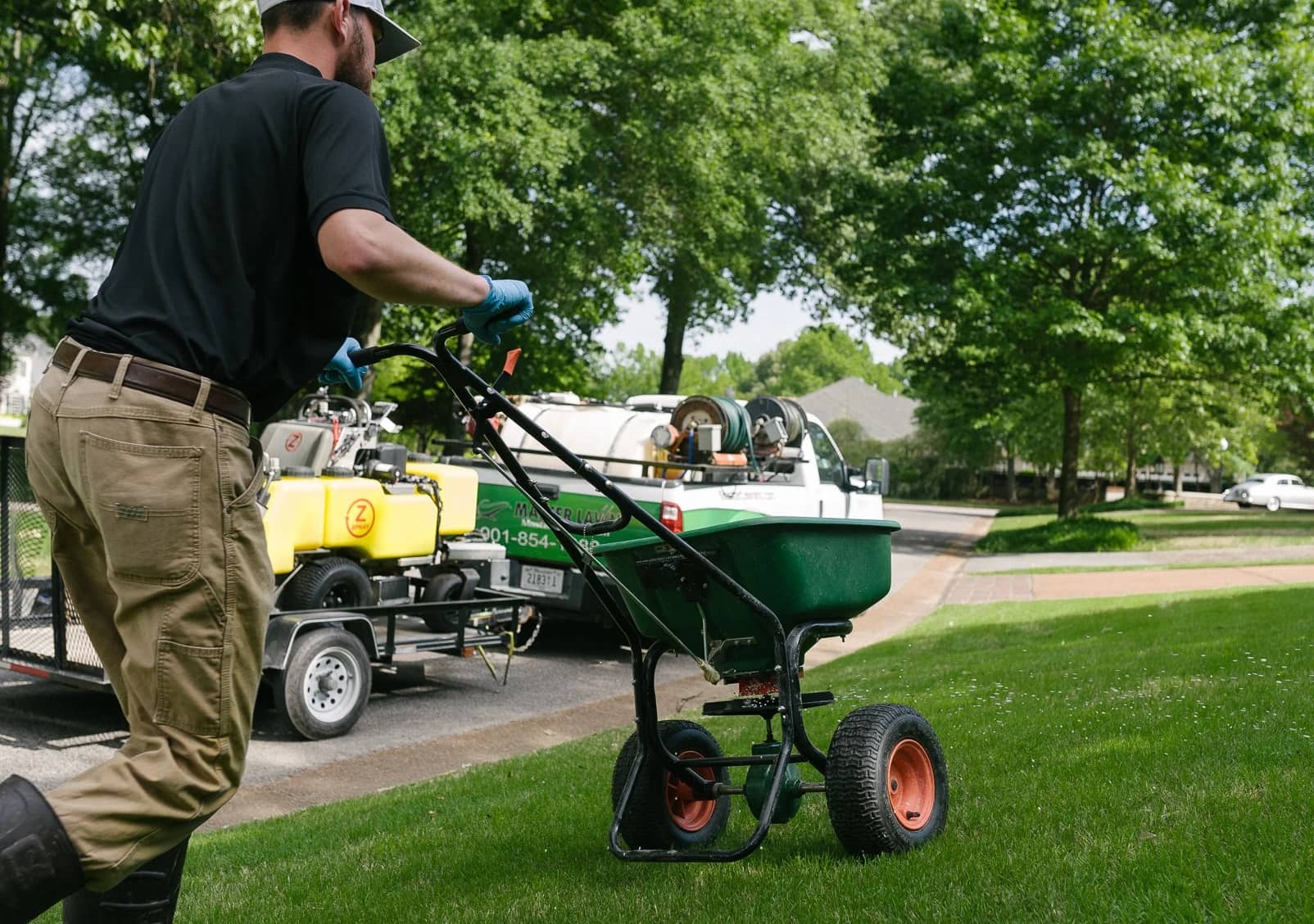
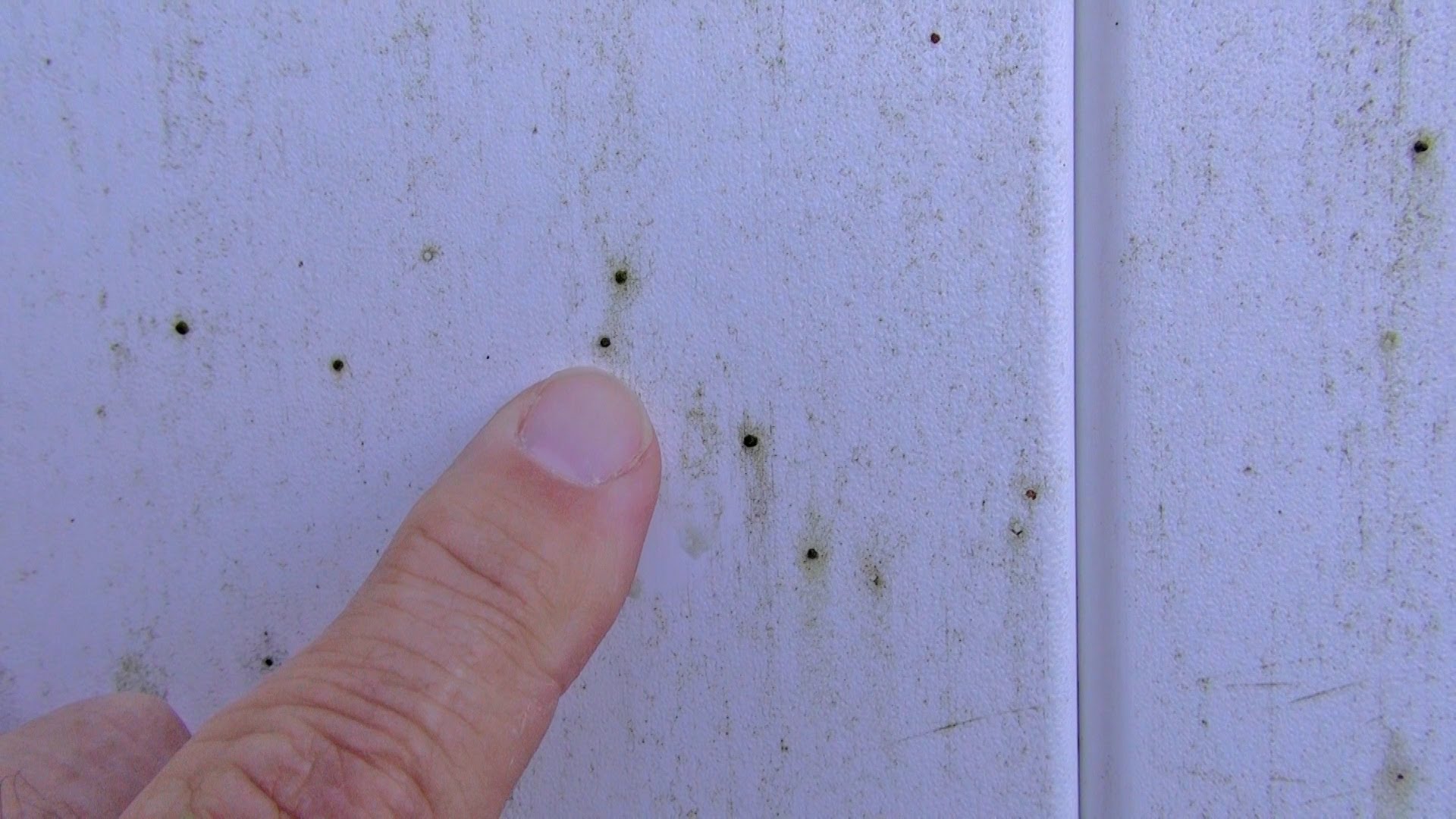

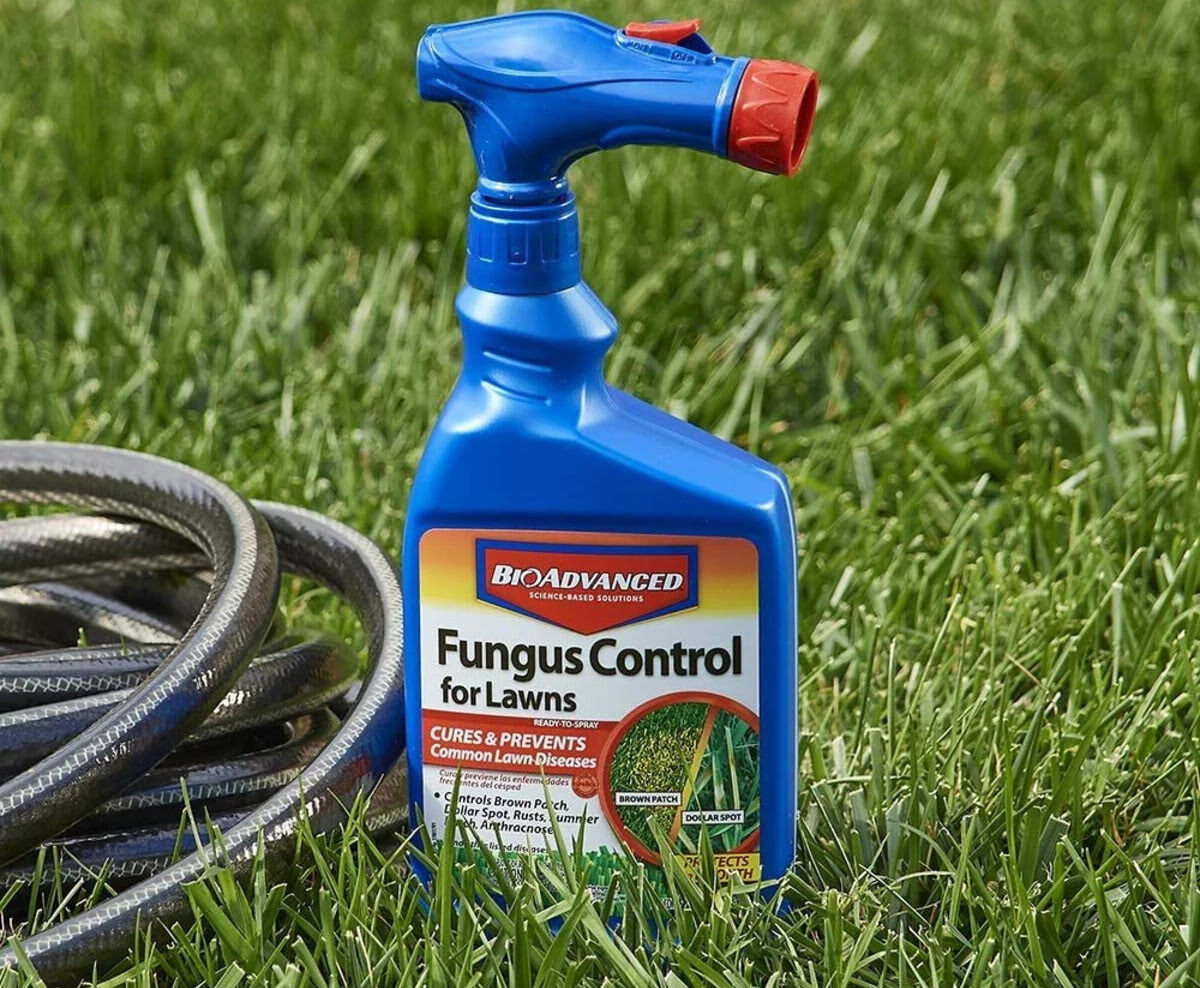
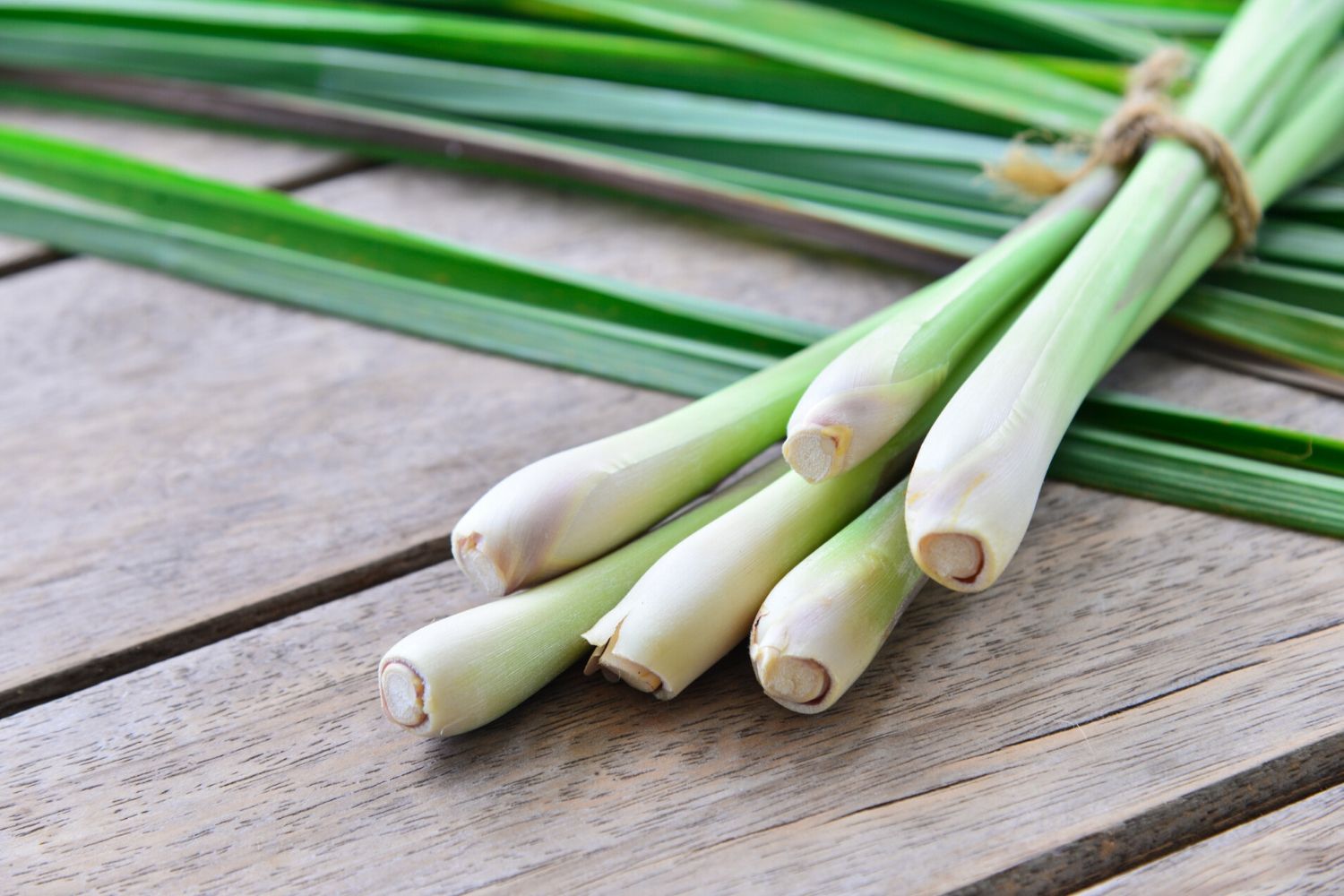

0 thoughts on “What Is Grass Fungus”